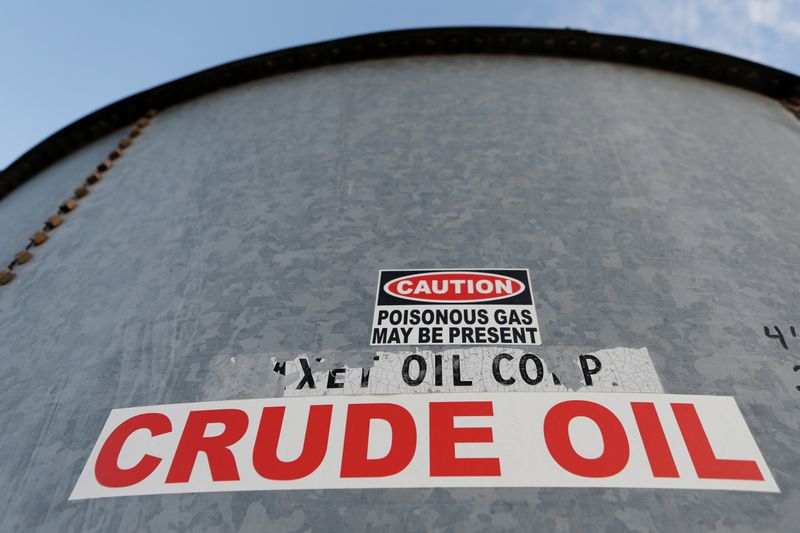(Updates with settlement prices)
By Peter Nurse
Investing.com -- Oil prices climbed Wednesday as turmoil in Kazakhstan threatened to disrupt supplies from one of the largest producers in the world, and a member of the OPEC+ cartel.
London-traded Brent, the global benchmark for oil, settled up $1.19, or 1.5%, at $81.99 per barrel. Brent is also up almost 6% on the year.
West Texas Intermediate, the benchmark for U.S. crude, settled up $1.61, or 2.1%, at $79.46 per barrel. WT has also risen about 6% since 2022 began.
Russia has sent troops into neighboring Kazakhstan to try and quell violent protests, seemingly triggered by the latest sharp rise in fuel prices. Although there are no indications that oil production has been affected so far, the former Soviet state is currently producing 1.6 million barrels of oil per day.
This news is adding to growing concerns that the Organization of the Petroleum Exporting Countries and its allies, including Russia, a group known as OPEC+, will find it very difficult to raise oil output in February, as promised earlier this week.
“A number of OPEC producers have produced below their agreed output levels for several months now due to disruptions and a lack of investment in fields,” said analysts at ING, in a note.
Additionally, oil output is down by over 500,000 barrels per day in Libya, which was not part of the OPEC supply cuts, due to pipeline maintenance and oilfield shutdowns.
Only two big producers in the world – Saudi Arabia and the United Arab Emirates - are currently able to pump more oil than they did two years ago, according to Goldman Sachs’ head of commodity research Jeff Currie.
Goldman Sachs is “extremely bullish” on commodities, Currie said, amid a super-cycle that has the potential to last for a decade.
The influential investment bank’s target price for Brent crude in the first quarter is $85 a barrel, but that was under the assumption that Iranian production would return later in the year, which is looking increasingly unlikely, he added.
The one immediate caveat to this bullish outlook for crude prices is the continued spread of the Omicron Covid-19 variant, with the U.S. recording a global record of more than 1 million new daily cases earlier this week. If this continues it could lead to more aggressive measures to reduce mobility, or at least less demand for travel.
Data from the U.S. Energy Information Administration on Wednesday showed gasoline inventories surged more than 10 million barrels last week, the biggest weekly build since April 2020, suggesting that this could become a possibility.
That said, OPEC+ played down the impact on demand from the Omicron variant, in a technical report earlier this week, saying it would be "mild and short-lived."
(Additional reporting by Barani Krishnan)
